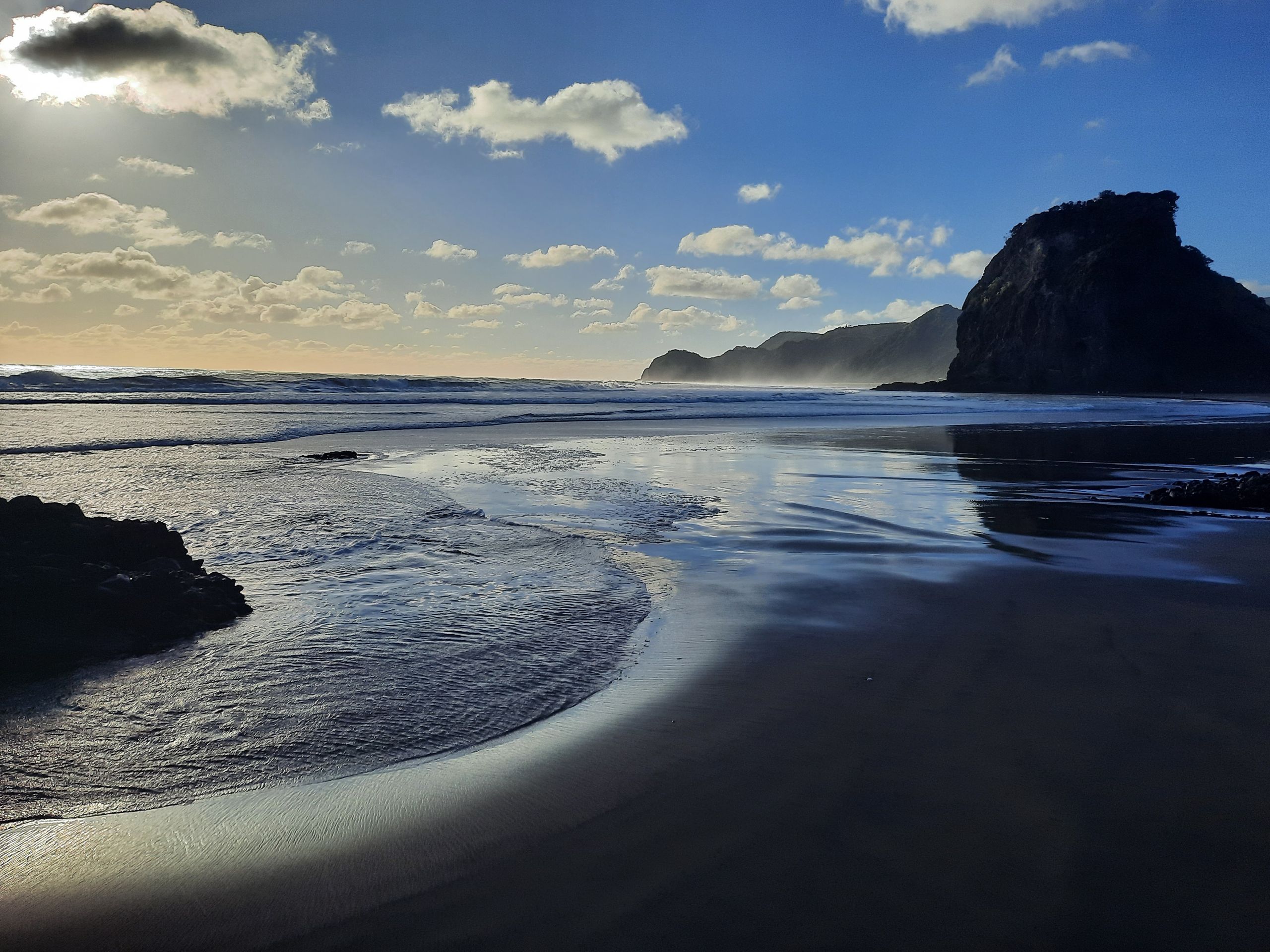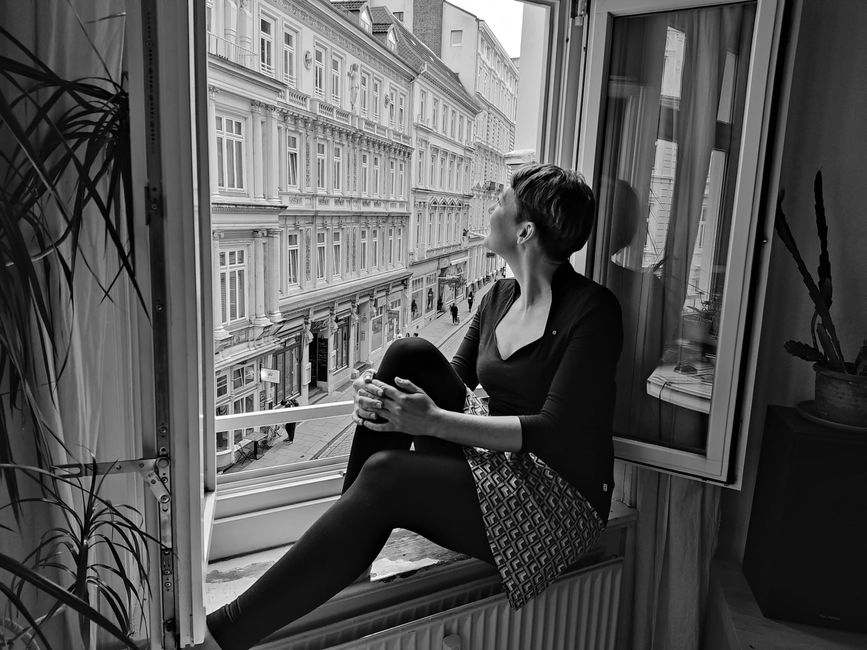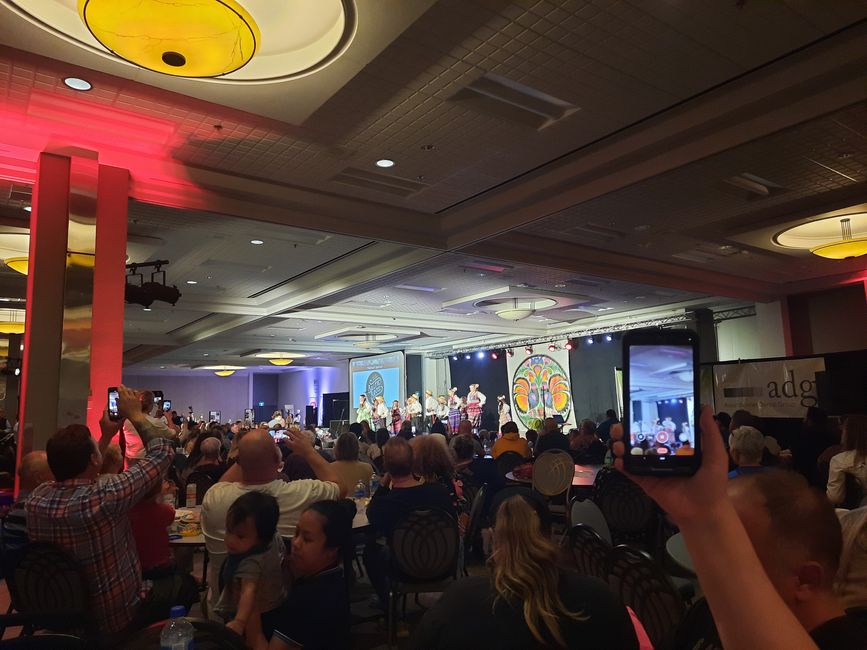Folklorama in Winnipeg
Გამოქვეყნდა: 23.08.2023
Გამოიწერეთ Newsletter
The largest and now longest running multicultural cultural festival in the world takes place in Winnipeg. Since 1970, the Folklorama has been one of the city's annual summer highlights. It is now so successful and big that the format has been extended to two weeks.
"Celebrating diversity and promoting cultural understanding." - “Celebrating diversity and promoting cultural understanding.” - that's the name of the self-imposed mission of Folklorama. In the respective pavilions there is often a mini exhibition on the culture of the respective ethnic group, lots of food and drink and a show that usually takes place two or three times in the evening. Above all - at least in the places where I've been - dance groups from young to old perform as well as musicians in traditional clothing.
Folklorama aims to promote the racial and cultural diversity of the province of Manitoba, of which Winnipeg is the capital, through entertainment and public celebrations of culture and education. In addition, ethnic-cultural communities should be given the opportunity to promote, celebrate and show their immaterial culture to others. A large part of this is due to the work of volunteers who prepare the two-week festival and perform in the respective pavilions. Another goal officially proclaimed by Folklorama is to strengthen a sense of belonging.
If you trust the information from the festival, more than 440,000 people now visit the various pavilions - most of whom, however, visit not just one pavilion, but several pavilions. So did I: two weeks, five cultural pavilions spread all over the city. School buildings, auditoriums and sports halls are often used because of the summer holidays.
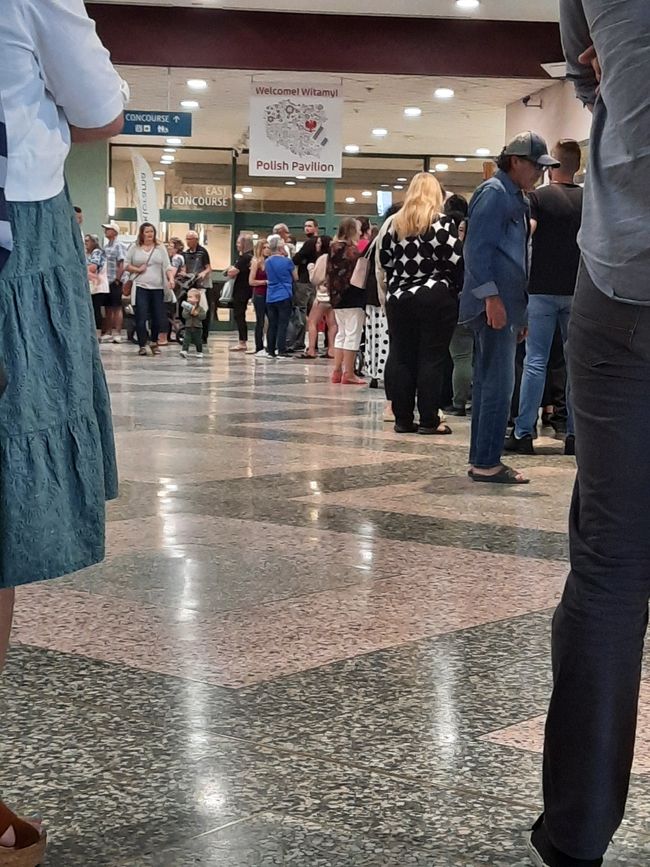
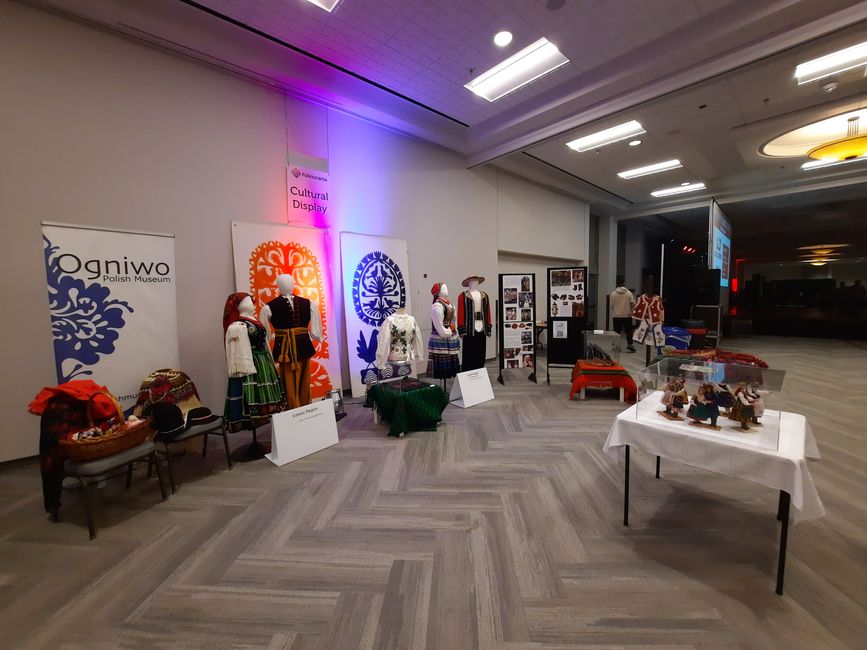
What is political?
Officially, politics may not play a role in the shows and in the exhibitions of the respective groups. The focus should be exclusively on culture. The war against Ukraine does not appear in either of the two Ukrainian pavilions, or rather only in the background and for 'insiders'. In addition to the Canadian national anthem, the Ukrainian one is also sung - which is considered (hard on the border, but still) apolitical. At the beginning of the Kyiv Pavilion, Слава Україні! – “Slava Ukraini” (Honour/Glory of Ukraine) - called from the stage. It is now a common greeting and has been seen as an expression of resistance, especially since the start of the full-scale invasion in 2022. You could also hear that in Germany at many demos in 2022. The answer "Героям слава!" - "Heroiam slava!" (Honour/Glory to the heroes) – at least the moderator at the Winnipegger Folklorama is not allowed to call out. That, in turn, is too political, according to Folklorama. Last year, 2022, the Ukrainian/Kyiv organizers were not even allowed to use “Slava Ukraini”. Donations may only be collected for humanitarian causes. The fact that the 2022 war was more or less left out of the Folklorama led to many discussions, because the Ukrainian diaspora in Winnipeg is large. The fact that you can at least say "Slava Ukraini" on stage this year is something - and of course "Heroiam slava" still comes back from the audience. For those Ukrainian Canadians I speak to, this is an absurd discussion, because for them the exclamation is not political, let alone nationalistic. When nothing is playing on stage, Ukrainian songs can be heard in the background, such as 'U mene nemaje domu' (I have no home) by Odyn v kanoe, Один в каное - У мене немає дому . The song already existed before 2022, but it has become much better known in the last year and the online views in February and March 2022 were enormous. Many of those who do not speak Ukrainian or who are making contact with the Ukrainian diaspora for the first time eat borscht, drink beer, laugh; I notice tears in others in Ukrainian costume.
Inevitably I have to think of the Eurovision Song Contest. Here too, at least officially, politics should not play a role. For those who participate and really listen, however, it is often very different.
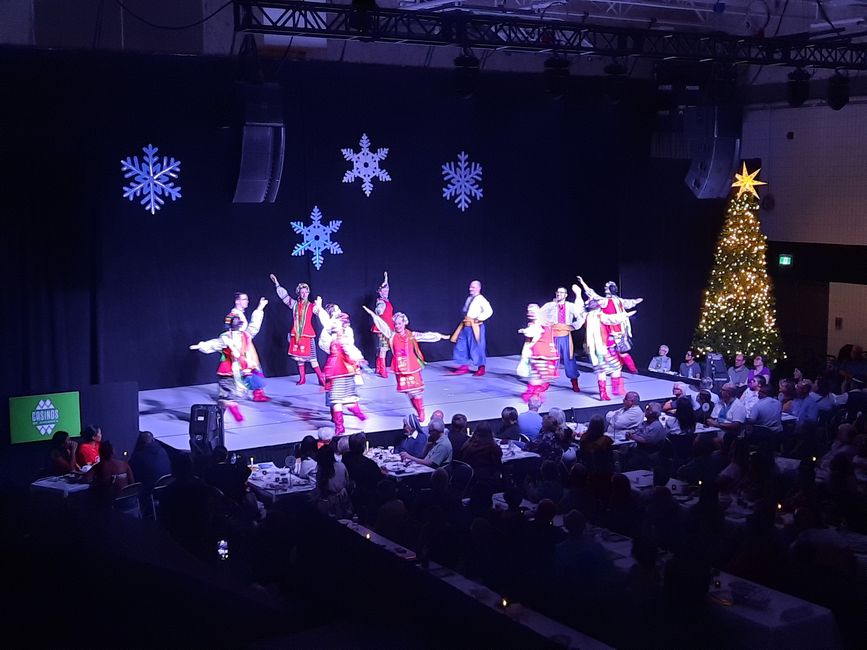
In the German Pavilion
To put it bluntly: I felt very out of place here. As a native of Brandenburg who spent a few years in Thuringia, even more in Hamburg and even more in Bavaria, this was an absolutely absurd experience. Maybe I just don't know Germany well enough or did something just slip past me?
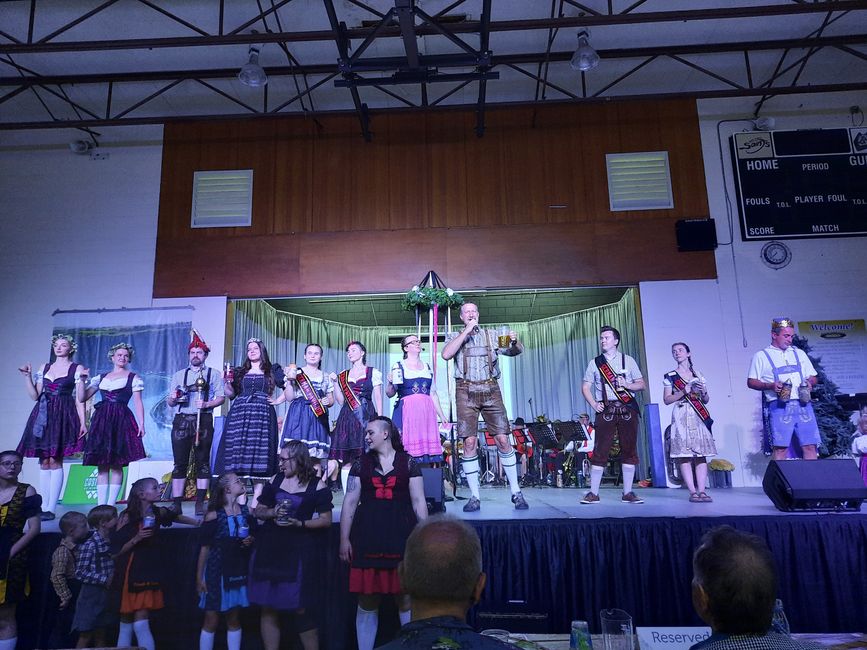
The tables with plastic tablecloths in a beer bench look, wheat beer from the bottle or alternatively in a plastic cup; a "German combination plate" consisting of bratwurst, schnitzel, a spoonful of red cabbage, a spoonful of sauerkraut, mashed potatoes and a few noodles. (The food was so-so.) On stage yodeling and songs from "The Sound of Music" - which is played in Salzburg and is hardly known in Germany today, but in North America (and Asia), which is why the whole hall sings along to these songs . I don't know these lyrics by heart, which in turn more than irritated my neighbors at the table.
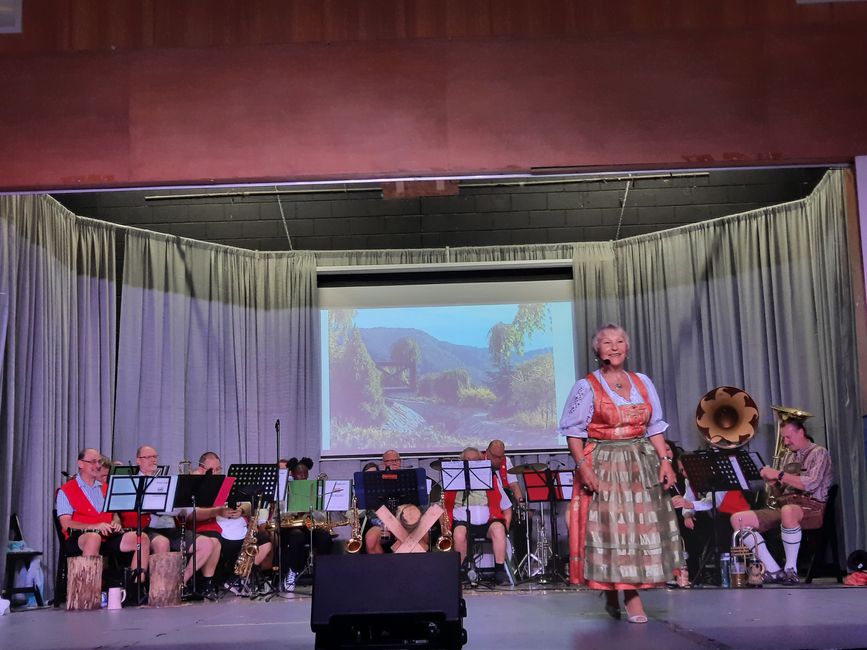
Then a kind of modern journey through Grimm's fairy tales; the conclusion - and announced as a folklorama highlight - Ballermannschlager.
Oh dear! That was largely grotesque.
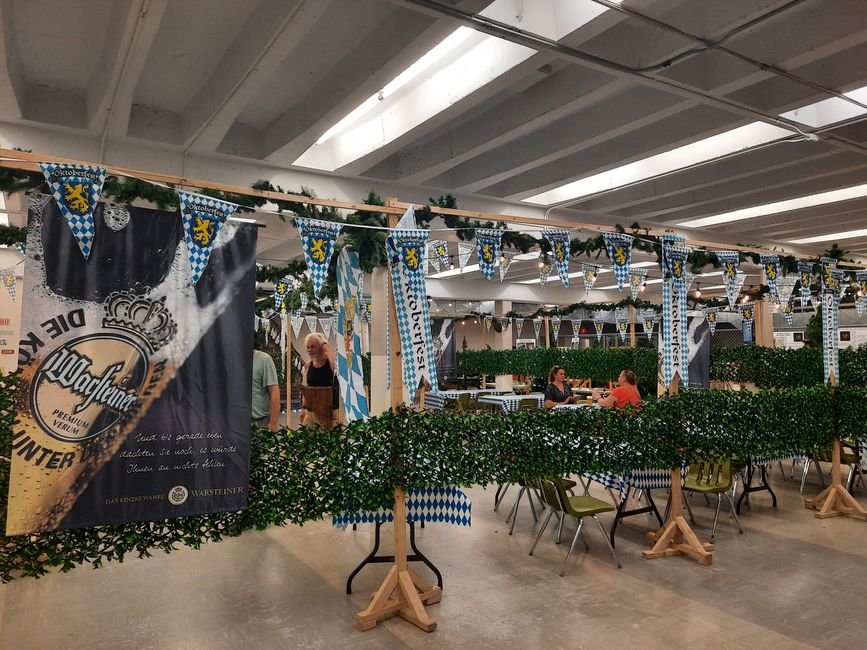
With the other pavilions I'm perhaps more merciful, I can endure folklore and cultural kitsch much better, I even find some things beautiful and/or interesting. Especially the Cuban show and the dancers plus Pi ña Colada in hand was a lot of fun with my random acquaintances. But maybe I was able to enjoy the Cuban music etc. more because I have no idea about the country and the culture. The dancers had enormous joy and it spread to everyone in the hall; the Ukrainian dance groups, whether in the Lviv or Kyiv Pavilion, were also highly professional, everything was there. Folklorama is also an opportunity for many dance schools to attract new interested parties and to have performances in front of a large audience.
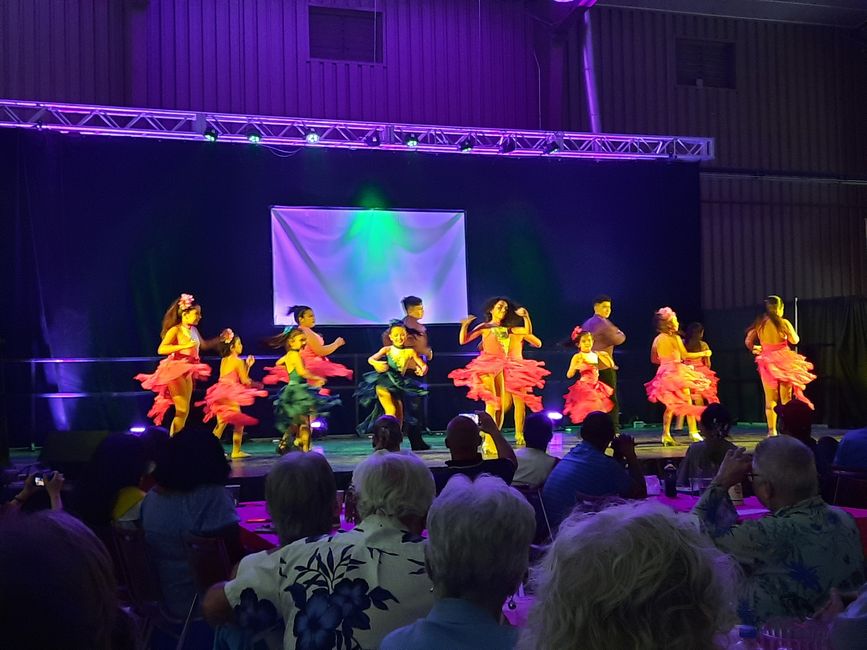
The German dancers seemed very forced to me. As far as I can tell, the marching band was good. The show went 30 minutes. I was happy to go elsewhere.
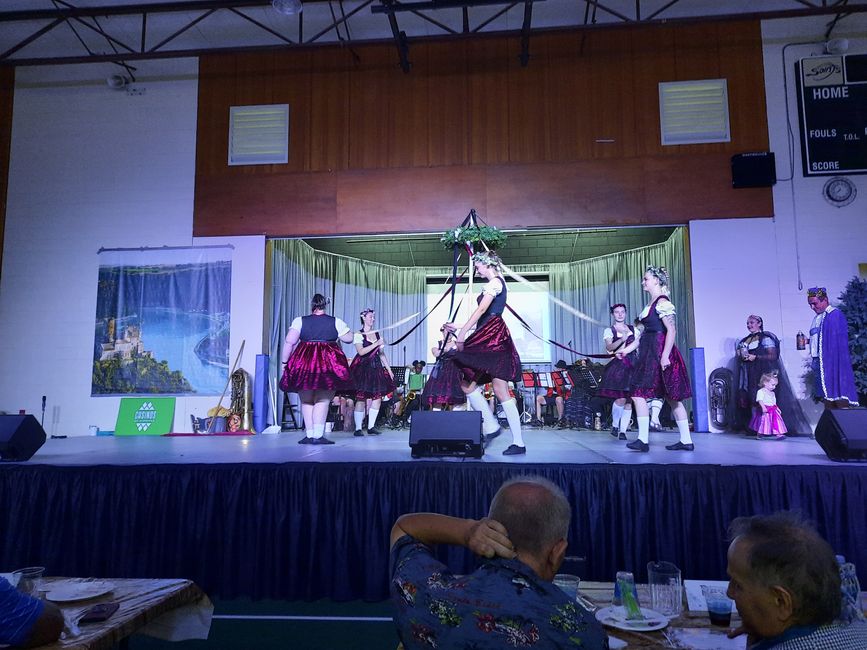
After all this partly kitschy and staged 'cultural' experience, I actually had enough of Folklorama, but there was something else. An invitation from the Polish community, which is smaller here in Winnipeg than the Ukrainian one. The Polish pavilion is also an integral part of the Winnipegg culture festival. So: also there on Piroggi, Naleśnik and a Tyskie. Here the food was amazing and especially the second graders of a Polish school were very cute.
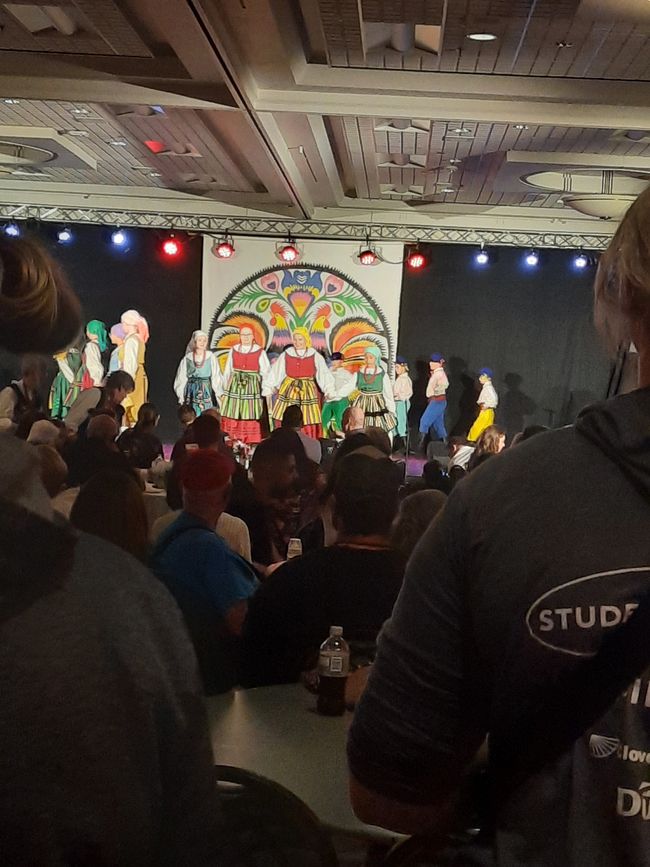
Addendum:
Cultural festivals seem to be a big hit in Canada during the summer. Not a day in Edmonton and I found myself again at the Muslim Heritage Festival.
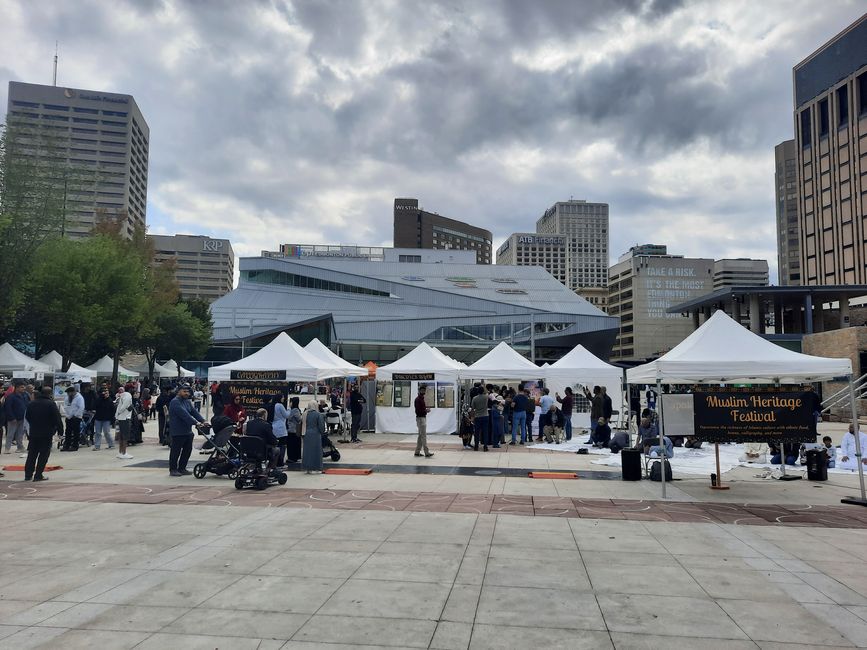
Გამოიწერეთ Newsletter
Უპასუხე
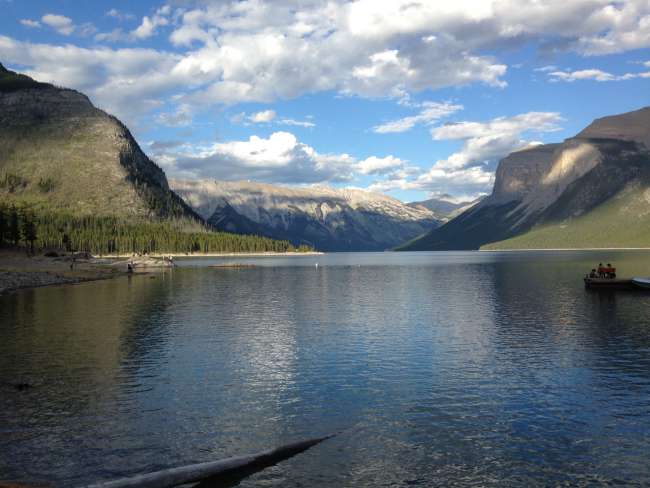
Მოგზაურობის ანგარიშები Კანადა
